Plan for Summer in Winter
When the days get short and the temperatures turn cold, there’s one great thing you can do for your yard – plan out your one big project for the spring.
Just like the inside of your home, your yard needs continual updates as well. As we begin to take stock of the yard from the windows of our warm home, dreams of summer draws the mind to what would make our yards the perfect entertainment place or more secluded hideaway. Laying plans now for larger outdoor projects allow for both figuring out priorities and budgets.
Here are some popular yard projects Augustine has experience with:
- Plant a large mature tree or two: Planting a mature tree instead of a sapling provides multiple benefits to your yard. It adds instant curb appeal, can decrease the amount of heat and air conditioning you use by providing shelter from the sun in summer and cutting down the wind in winter. Trees can also aid drainage problems by soaking up storm water. A properly sited tree can increase the value of your property by up to 20%.
- Build or update a patio: More and more people consider their backyard an outdoor living space. And as such, want to create an environment with amenities like outdoor kitchens, fire pits, and beautiful lounge areas.
- Add some stonework: Stone paths, a wall, or a few large stones set for effect adds elegance and is a durable, long lasting and low maintenance element all year round. Stone paths create the ideal way to connect different areas of your landscape.
- Illuminate your yard: Landscape lighting is a burglar deterrent, adds safety for those walking up your drive, and highlights your home’s architectural features.
- Increase privacy: Evergreen trees with dense foliage will add both privacy and a noise buffer to your property.
Investing in your landscape puts your home in its best light and gives you and your family an outdoor space in which to have summer fun. Don’t let spring creep up on you and leave you unprepared. Plan that landscape project now and give yourself something to look forward to when the cold winter comes to an end.

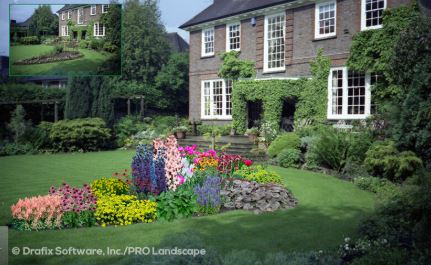




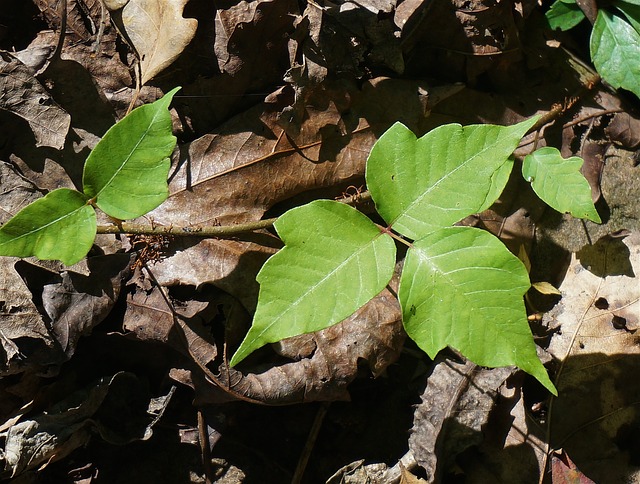
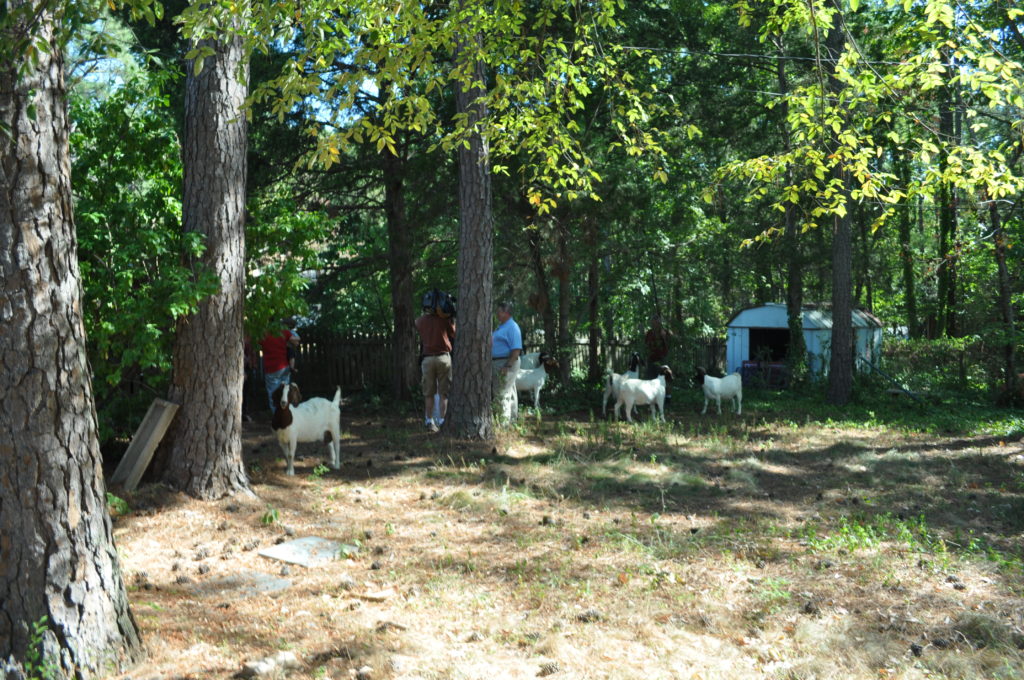

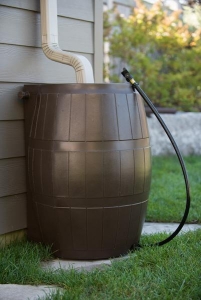
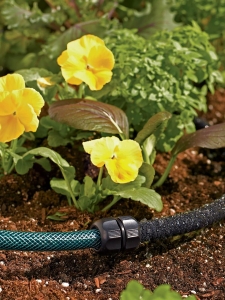
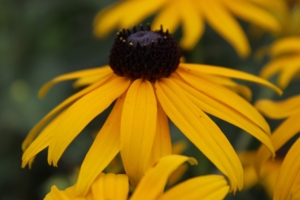
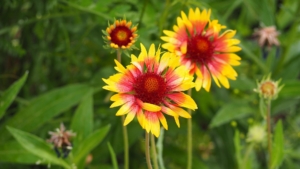
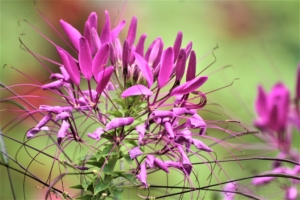
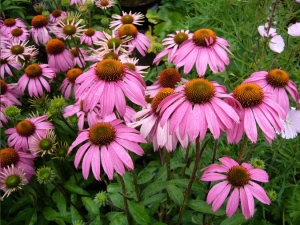

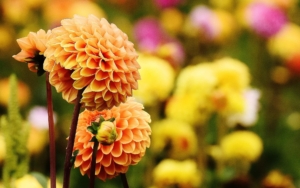
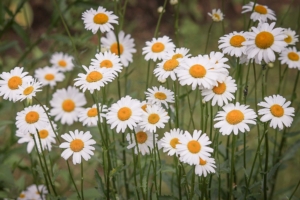
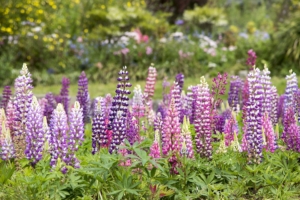
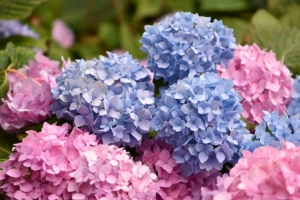
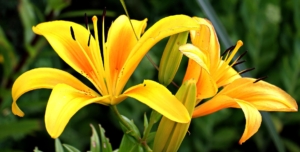
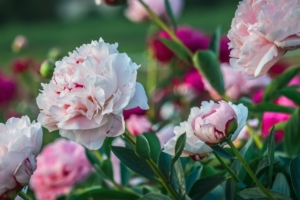
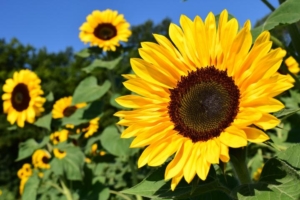


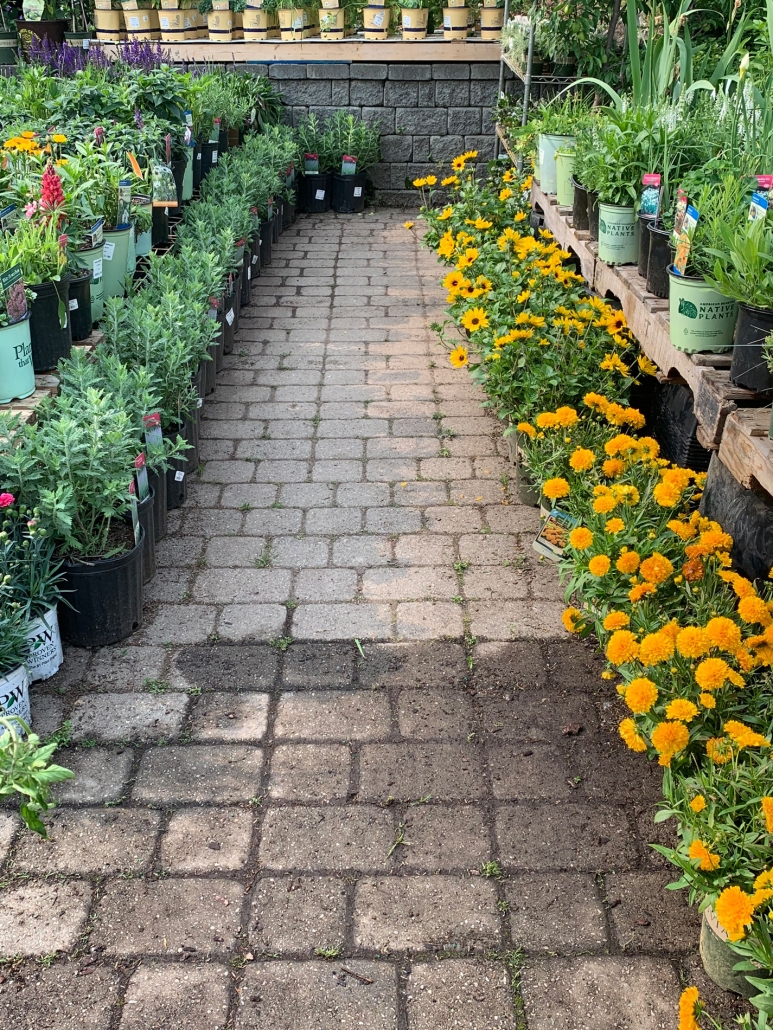
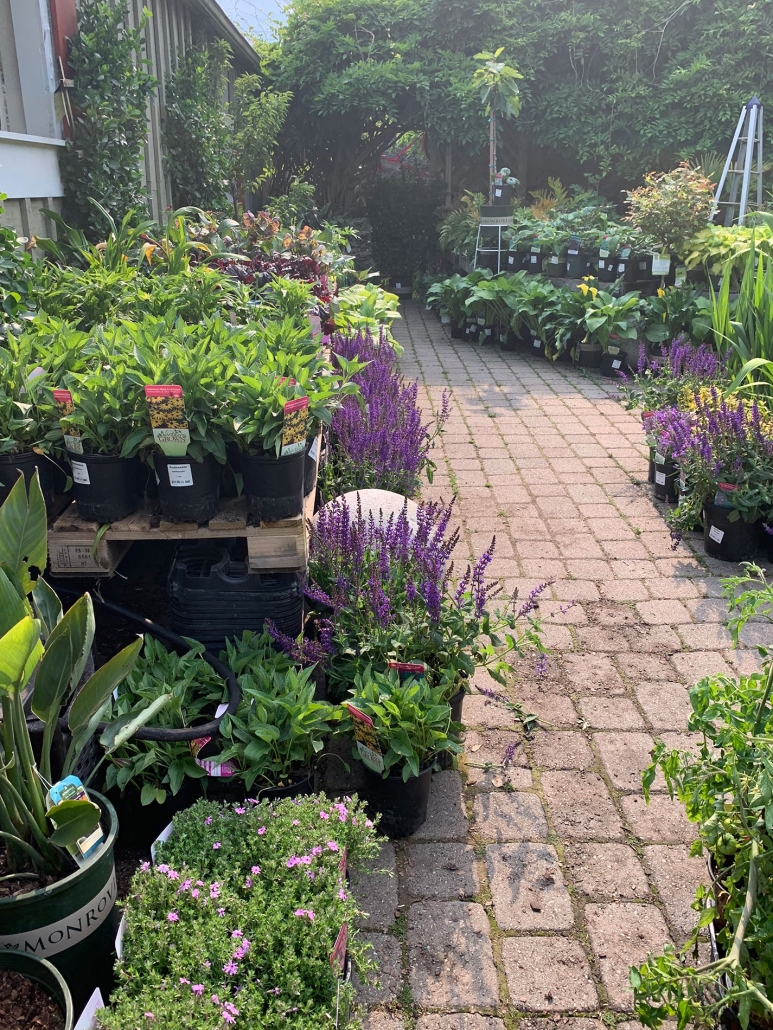
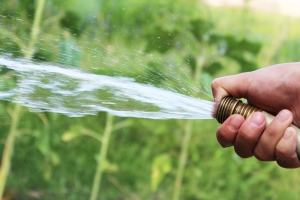 Watering Your lawn
Watering Your lawn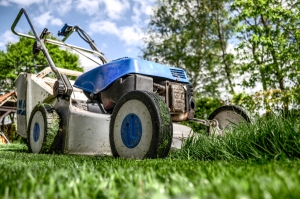 Mowing Your Lawn
Mowing Your Lawn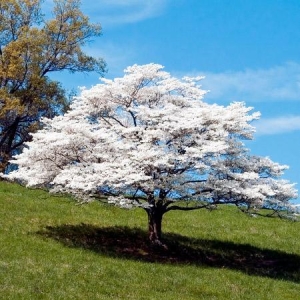 Dogwoods are one of the most popular flowering trees and are beautiful to look at all year round. Dogwoods typically have white flowers, but some varieties have pink. They are quick-growing trees whose leaves turn a beautiful purplish-red in fall. If you love birds, this is the tree to plant as they love the Dogwood’s red berries.
Dogwoods are one of the most popular flowering trees and are beautiful to look at all year round. Dogwoods typically have white flowers, but some varieties have pink. They are quick-growing trees whose leaves turn a beautiful purplish-red in fall. If you love birds, this is the tree to plant as they love the Dogwood’s red berries.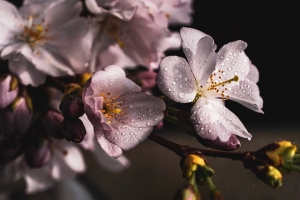
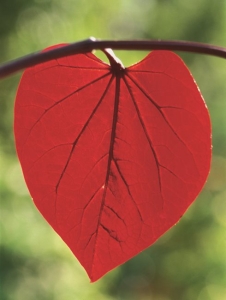 Seeing a redbud tree in full bloom is memorable. Magenta buds swell into bright pink flowers before any of the leaves appear. They are one of the longest blooming trees – with flowers lasting for two to three weeks. The leaves are heart-shaped and turn bright yellow in autumn.
Seeing a redbud tree in full bloom is memorable. Magenta buds swell into bright pink flowers before any of the leaves appear. They are one of the longest blooming trees – with flowers lasting for two to three weeks. The leaves are heart-shaped and turn bright yellow in autumn. If you’re looking to add a blast of color to your summer landscape, the plum Newport is a hardy choice. With plum-colored leaves and delicate light pink flowers, this tree requires no accompanying shrubs or plantings to make a statement.
If you’re looking to add a blast of color to your summer landscape, the plum Newport is a hardy choice. With plum-colored leaves and delicate light pink flowers, this tree requires no accompanying shrubs or plantings to make a statement.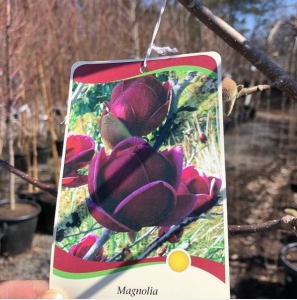 Magnolias have large glossy foliage and sweet fragrant blooms. Mostly found in the south, there are a few that thrive in our zone. Sweetbay and Magnolia Butterfly are two great options that bloom for about two weeks in spring/summer.
Magnolias have large glossy foliage and sweet fragrant blooms. Mostly found in the south, there are a few that thrive in our zone. Sweetbay and Magnolia Butterfly are two great options that bloom for about two weeks in spring/summer.
 #AugustineNursery
#AugustineNursery






 Stop in to check
Stop in to check

 Open 7 days a
Open 7 days a 




 $5 for
$5 for 




 Hope you’re
Hope you’re


 $5 Friday will feature a
$5 Friday will feature a